Cheesy Blue Balls
This is a great quick blue cheese that can be made without rennet or any other special cultures. Photos coming soon.
Cheese Blue Balls
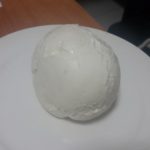
- 4 Liters Whole Milk
- 1/2 Cup Active Yogurt
- 5 Grams Blue Cheese
- 1/4 Cup Bottled Water
- 1 Cheese Cloth ( – <a href="http://thaiartisanfoods.com/shop/cheesecloth-making-cheese-uses/" target="_blank">Buy Here</a>)
- 1 teaspoong Cheese Salt (- <a href="http://thaiartisanfoods.com/shop/cheese-salt/" target="_blank">Buy Here</a>)
- Heat the milk. Pour the milk into a stainless steel pot and set over medium to medium-high heat. Warm the milk to right below boiling, about 87°C. Stir the milk gently as it heats to make sure the bottom doesn’t scorch and the milk doesn’t boil over. This heating step is necessary to change the protein structure in the milk so it sets as a solid instead of separating.
- Cool the milk. Let the milk cool until it is just warm to the touch, 44°C. Stir occasionally to prevent a skin from forming. (Though if one does form, you can either stir it back in or pull it out for a snack!) You can help this step go faster by placing the pot in an ice water bath and gently stirring the milk.
- Thin the yogurt with milk. Scoop out about a cup of warm milk with a measuring cup and add the yogurt. Whisk until smooth and the yogurt is dissolved in the milk.
- Whisk the thinned yogurt into the milk. Pour the thinned yogurt into the warm milk while whisking gently. This inoculates the milk with the yogurt culture.
- Transfer the pot to the (turned-off) oven. Cover with the lid and place the whole pot in a turned-off oven — turn on the oven light or wrap the pot in towels to keep the milk warm as it sets (ideally around 40-43°C, though some variance is fine).
- Wait for the curds to set. You want the curd to be a soft custard (or yogurt) texture. How long this takes depends on how warm you keep the curds and how active the yogurt you inoculated it with. Let the curds cool in the fridge for about an hour.
- Place the piece of blue cheese along with the water in a blender. Briefly blend to make a blue cheese culture slurry. This is what you’ll be inoculating the curds with.
- Add the blue cheese mixture in with the curd and mix well.
- Line a colander with a double layer of cheese cloth. You should have enough cheese cloth to just fold it in half.
- Cover and let it drain for 24 hours. You can put this over a pot to catch the whey and place in refrigerator.
- Open up the cheese cloth and mix in the cheese salt.
- With a clean (damp) double layer cheese cloth, tie up the 4 corners and hang it over a pot to catch the whey. Tighten with ties or cord to make it round like a ball.
- Let hang for 1-2 days to dry. Retighten the ball whenever needed.
- After the cheese has dried, unwrap from cheese cloth and place it in your cheese cave or other cool place. Rotate every other day. After a week, make several piercings with a skewer to get air into your cheese so blue culture will develop. Place back into the cave and keep flipping every other day for 1-2 months, or however long you can resist cutting into it. The longer the better.

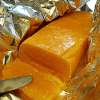
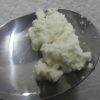
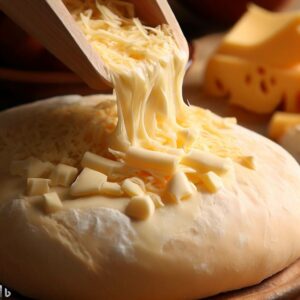
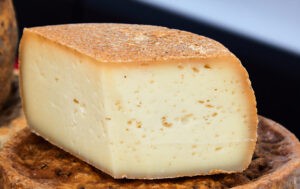
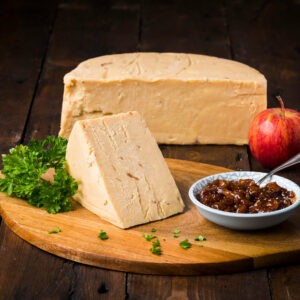
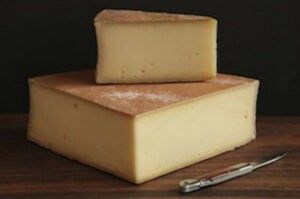
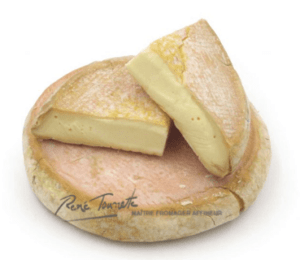
Add comment
You must be logged in to post a comment.